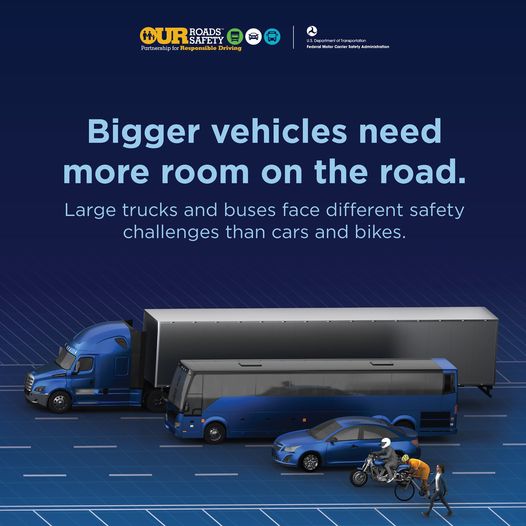Rising Operational Costs
The cost of running a trucking company has been on the rise for years. In the past 5 years, the industry has seen many changes to not only the cost of running their fleet but the cost to keep an administration team onboard to keep the company safe and compliant.
When companies first start, the costs and responsibilities are usually manageable. But as time goes on, things become more complicated as time-delayed FMCSA regulations creep in, incidents on the road happen, violations that change the operating capabilities of companies happen, and market forces change.
In the coming years, some issues will become less of a burden, while existing and new regulations could complicate things further. Some of the challenges ahead include:
- Ongoing driver shortage
- Rising fuel costs
- New taxes
- Migration to digital operations management
- Rising repair & parts costs
Some of the ways fleet owners can reduce the impact of these changes are by working with 3rd party service providers for things like emergency roadside service, DOT Compliance management, wholesale parts deals, etc.
Increasing Preventable Accidents
Accidents on the road are a major challenge for companies and drivers. Many times accidents are preventable had there been proper measures in place beforehand. The primary causes of accidents in the US are:
1. Speeding of Any Kind
2. Distraction/Inattention
3. Impairment (Fatigue alcohol, Illness, etc)
Distracted driving has become a national problem. In fact, distracted driving accidents are the leading cause of death among teenagers. Distracted driving causes about 920,000 total accidents per year (including fatalities and injuries): 938,000 accidents in 2018, 912,000 accidents in 2017, and 905,000 accidents in 2016.
Driver & Truck Availability
The trucking industry has always been highly competitive. However, in recent years, the industry has struggled to cope with various market dynamics that make recruiting and asset availability a challenge.
Recruiting and processing drivers has become more tedious as laws change and file-keeping requirements are shifted to be more aligned with existing FMCSA safety initiatives.
The assumption is that the driver shortage will continue to be a widely publicized challenge in the industry, but technology should make most processes more efficient. For example, DOTReady makes recruiting and processing drivers easy by allowing companies to automate various parts of the hiring process like Previous Employer Checks, Medical Record retrieval, Motor Vehicle Reports, and more.
Fortunately, asset availability is becoming less of a burden for most companies as manufacturers innovate and components last longer. However, the challenge is still two-fold in most cases. It comes down to maintenance efficiency and traffic stops resulting in vehicles being placed out of service.
Companies should continue looking for ways to eliminate unnecessary maintenance costs in the shop and on the road.
Companies may also consider securing better rates from third parties responsible for off-site repairs.
DOTReady allows companies to organize all of their fleet maintenance paperwork in one place.
Rising Hiring Costs
Competition in a market is supposed to make prices go down, right? Well in the majority of instances that’s exactly what happens. However, the trucking industry is dealing with a challenge that makes the effect of competition the inverse of what most people have come to expect.
The challenge begins with the overall shortage of qualified drivers in the industry. Although some state agencies have changed requirements for new driver hiring to ‘loosen the burden of the shortage’, the landscape is still incredibly competitive. Put differently, drivers are expensive to find, process, train, hire, and manage. Despite all efforts by the government. Big surprise huh?
This is why most companies are choosing solutions that can crunch enormous amounts of data for them to isolate the absolute best candidates for the job and maintain their employee files throughout the duration of their employment. Not only can systems like this help to find the best drivers, but they also make the process less time-intensive for in-house teams.
Conclusion
Companies have and always will face challenges when it comes to operations, compliance, hiring, and growth. But with a little effort towards crafting the bigger picture, it’s possible to greatly reduce operational costs by implementing various new technologies (like DOTReady) into the mix.
Companies should try to secure deals with third-party service providers, and negotiate with existing vendors when possible.
Although the migration to digital operations is a hassle and comes with a lot of growing pains, it will result in more efficiency, fewer accidents, fewer violations, and a clearer view of a company’s operations across the board.
The more your company invests in accident avoidance, the more time and money can be spent on profit-generating systems rather than violation-avoidance systems.


